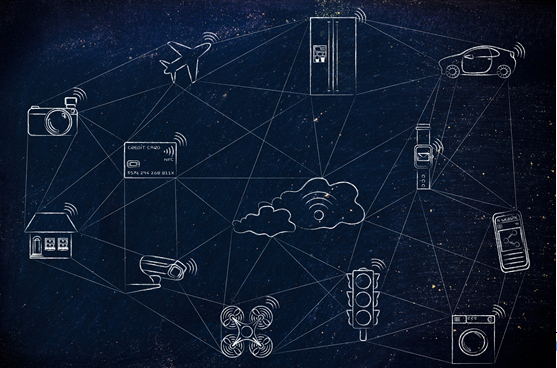SSZTAG4 january 2017 UCC28704 , UCC28722 , UCC28740 , UCC28880 , UCC28881 , UCC28910

The Internet of Things (IoT) – how sweet the sound that saved the wretched life of our appliances. Devices once lost, but now are found, were dumb but now communicate. While these features enable appliances to interconnect and work seamlessly with our phones and the rest of the home, they do not come free. More features mean more power, so while all the attention is on the new found communication, the power supply must be redesigned to allow everything to work.
Unfortunately, adding power to IoT devices is not trivial. The power requirements of these devices are different than what traditionally has been required. For example, electric meters once consumed low-enough power where designers could use drop capacitor-based solutions to power the bias circuitry. As the IoT crept into this space with communication, turning these electric meters into “smart” meters, the power-supply rating crept high enough such that the existing solution was no longer adequate. Designers had to change the power supply to a flyback converter in order to maintain reasonable performance. But this didn’t relax the requirements of the power supply, which still needed to operate over from residential 120VAC and 240VAC inputs to commercial 208VAC and 480VAC inputs. On top of handling this very wide input range, the efficiency still had to be high in order to prevent the system from overheating and to reduce the energy consumed in losses that millions of these units will draw from the grid. None of these are trivial problems to solve.
The issue is not limited to power meters, as communication and other “smarts” are added to devices such as light switches/dimmers, smoke/carbon dioxide detectors and proximity detectors. Customers select these parts for features such as a user interface and communication capability – not because of a fancy power supply. The focus on the design of these parts should reflect this priority as well, with the majority of time and care focused on those specifications to ensure that they provide the best experience. Power cannot be ignored however, so designers must devote some time to selecting and designing an adequate power supply. This extends development time, which replaces the catharsis from completing the perfect design to a Sisyphean existence of trying to stay ahead of the competition.
But designers do not need to have such existential resignation; there are support and tools available to accelerate the design process. Texas Instruments offers a plethora of devices that solve these power problems, from highly integrated controller and FET solutions like the UCC28880 and UCC28910, which minimize board size; to high-performance flyback controllers like the UCC28704, UCC28740 and UCC28722, which enable trade-offs between size, performance and cost. These devices include advanced control features such as valley switching and advanced AM/FM modulation schemes to maximize performance while minimizing losses and size. Design tools to accelerate development accessible on the device landing page include:
- Descriptive data sheets with functional explanation and application sections
- Application notes providing further detail on design and use
- Excel and/or MathCAD design calculators for parameter and component selection
- SPICE models to verify functionality before building hardware
- Online-orderable evaluation modules to immediately have working hardware in the lab
- Reference designs to show size and performance at other operating conditions.
Despite not being something that customers pay attention to when selecting a new IoT device, power is something that cannot be neglected. While these new IoT features enable new and exciting functionality, they do not come free since they require a completely new power supply to be designed. Texas Instruments solves this problem by providing high performance devices for any requirement, which along with the abundance of design support tools allows engineers to quickly get optimized power supplies up and running.
Additional Resources
- Check out these TI Designs reference designs:
- The 100V-450VDC, 5W, 80% Efficiency at 1W Auxiliary Supply Reference Design for AC/DC Power Supplies is a compact and wide high-voltage DC input 5W auxiliary power supply with multiple outputs.
- The 12V at 0.35A Isolated Primary-Side Regulated Flyback Using UCC28910 Reference Design is a compact and cost-effective universal AC input to 12V at 4.2W with the UCC28910.
- The 108VAC-305VAC Input, 3.6V/5mA Flyback Reference Design is a wicked small high and low line AC input to 3.6V at 18mW with the UCC28910.
- The Smart Plug with Remote Disconnect and Wi-Fi Connectivity is a smart outlet that measures energy with remote connect/disconnect capability and Wi-Fi connectivity.
- The <125μA Standby High Efficiency Power Supply Reference Design for Neutral-less Wireless Lighting is a reference that powers a low energy Bluetooth wireless MCU to enable wireless control of a light switch when no neutral wire is available with the UCC28881.